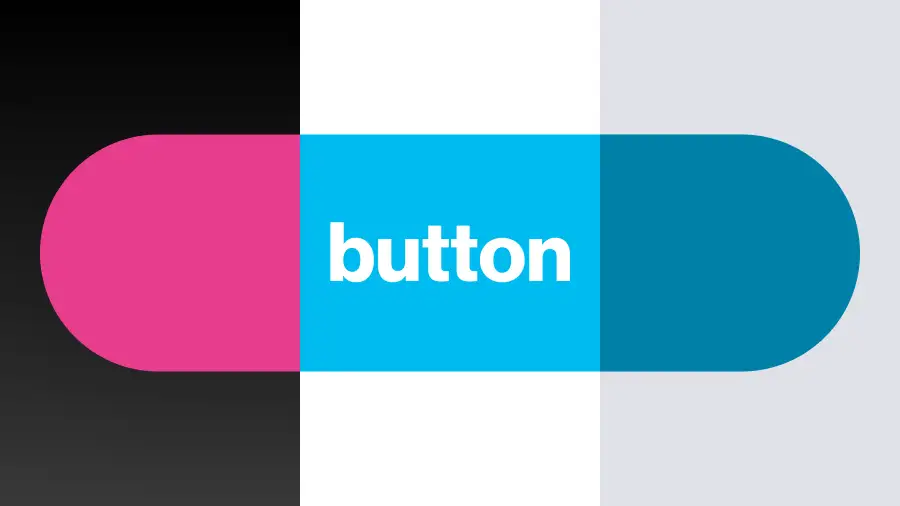
Bringing Cohesion to MTV’s Brand Across Platforms
At a glance
My Role
Lead UX Strategist & Digital Design Advocate
Problem
MTV’s legacy of ever-changing visual styles clashed with the need for brand cohesion in a competitive, multiplatform world.
Impact
- Improved MTV brand recognition — users recognized brand purely through design
- Unified MTV.com and apps under a single, overarching brand system
- Streamlined workflows by embedding digital into major brand campaigns
- Broke down silos and elevated collaboration across organization
- Modernized digital typography capabilities across Viacom
- Paved the way for scalable, responsive design systems
Key Insight
A unified, content-forward brand system could amplify MTV’s voice across television, print, and digital—if teams aligned behind a shared philosophy.
Approach
Partnered with marketing design leadership to support a Swiss-inspired rebrand, translated its principles to digital platforms, restructured collaboration between teams, and aligned web, mobile, and console experiences with the new brand system.
Overview

When I joined MTV, the company had recognized a core challenge: our ever-evolving design language had become less effective in a rapidly expanding, multi-channel media environment. Competing networks were building distinctive brand systems, while MTV’s aesthetic—varied by design—was losing visual coherence and impact.
The marketing design team had begun exploring a rebrand. At that point, MTV’s digital platforms remained disconnected from the evolving strategy.
My first move was to collaborate closely with the head of marketing design, ensuring digital had a voice in the new brand development. Simultaneously, I assessed MTV’s digital platforms and began laying the foundation for realignment. As the new brand direction took shape, I led the development of digital design principles—translating them into UI visuals and interaction systems that created a unified presence across MTV’s website, apps, and consoles.
Translating and Aligning Brand Strategy Across Teams
MTV’s visual identity had long embraced change and experimentation. But as new channels emerged with focused brand strategies, MTV’s fluid aesthetic diluted its recognizability.

Marketing responded by embracing a Swiss-inspired rebrand: bold typography, content-forward layouts, grid-based design, and minimalist color use. As the sole digital representative during this transformation, I translated these principles into scalable design systems for interactive platforms.
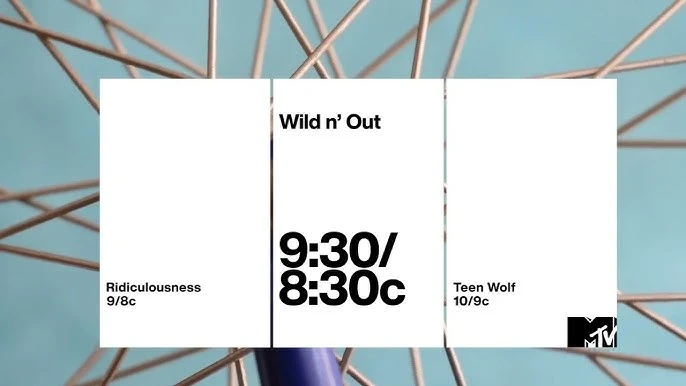
My Role:
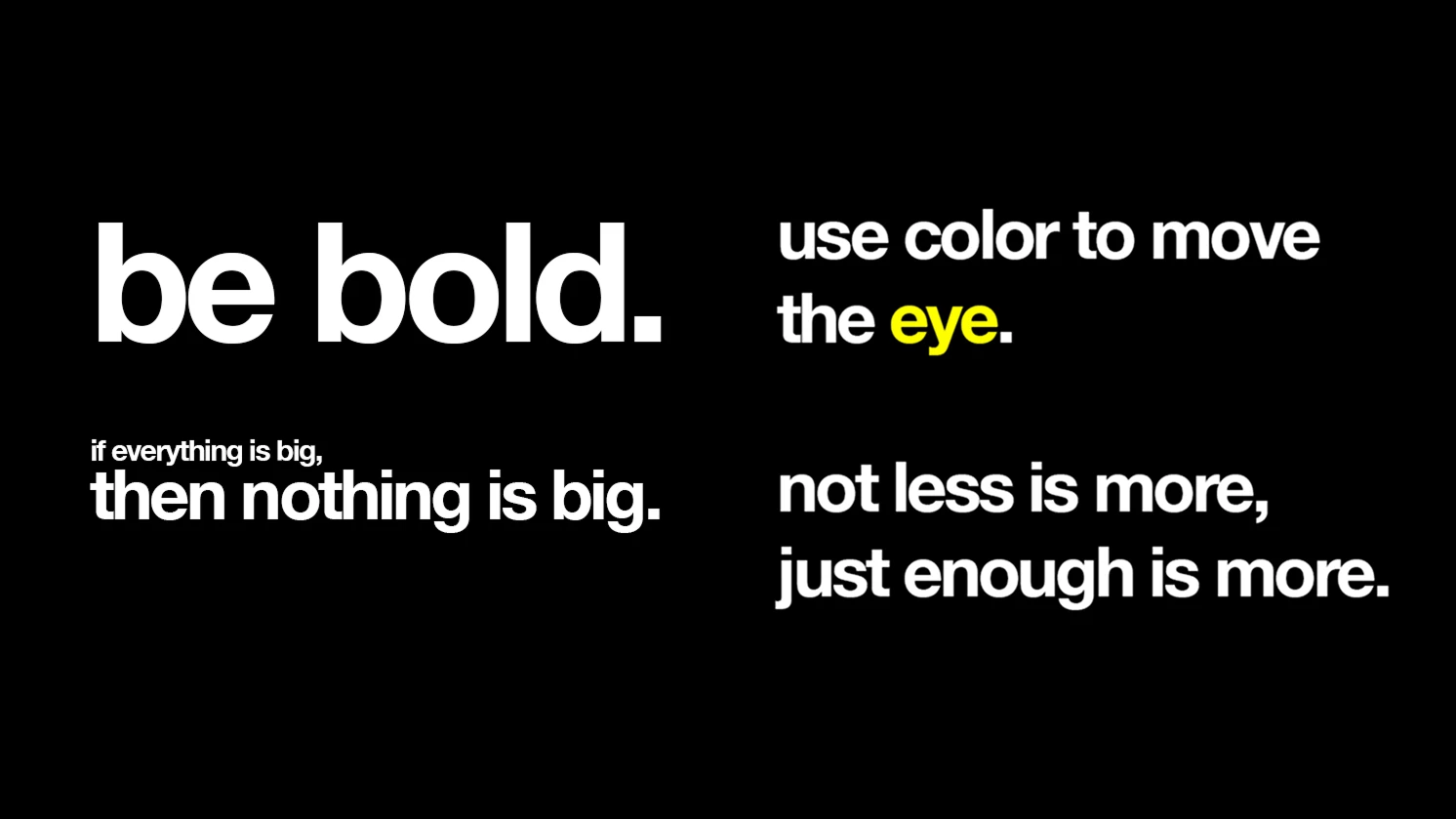
- Acted as a bridge between marketing and digital design
- Introduced design heuristics to guide the team as they explored: Be bold. Use color to guide the eye. Let content lead. Embrace white space. Just enough is more.
- Championed and led the development of a design system—before design systems were standard practice—aligned tightly with the brand’s new visual and strategic foundation.
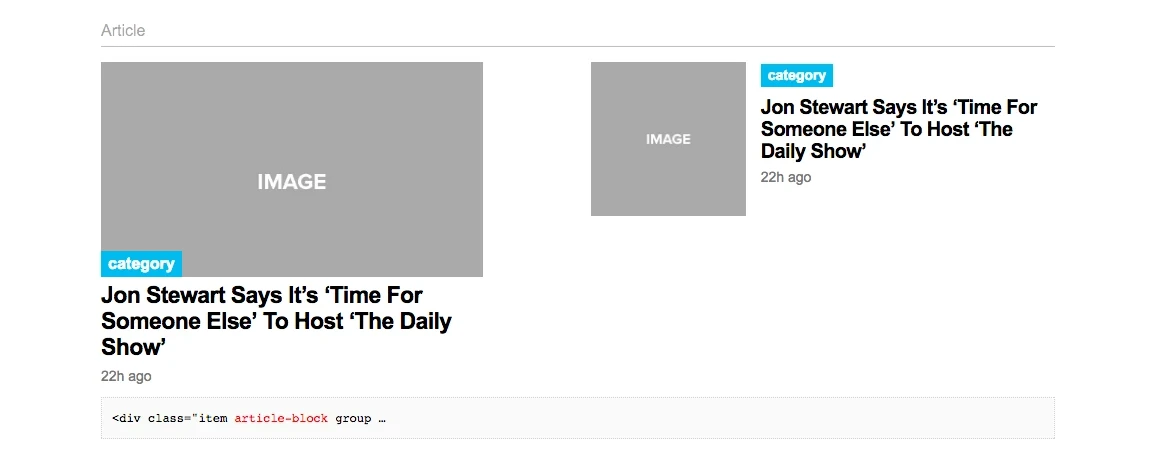
Culturally, I also worked to dissolve silos:
- Built strong relationships across teams and encouraged real-time collaboration
- Participated in marketing design reviews and campaign development
- Embedded digital design leads into all major brand campaigns (e.g. VMA/Movie award shows, new show premieres)
These efforts normalized cross-platform collaboration and helped unify MTV’s design execution across print, TV, and digital.
Realigning MTV’s Digital Ecosystem
What looked like inconsistency across MTV’s site was actually a reflection of internal silos. Each division operated independently, and design decisions were often shaped by committee compromise—prioritizing internal optics over audience needs.
The hardest part of the realignment effort—by far—was breaking down those silos and building alignment. But it was essential to re-center the digital experience around what mattered most: the audience.
To address this:
I pushed for a reset that went beyond visuals — re-aligning the site around audience needs and brand integrity. Audience research gave us the empathy and clarity to take the following actions:
- I initiated a full digital audit and secured cross-functional support
- We evaluated content by traffic and brand value
- We removed outdated or low-value content and streamlined the site architecture
- We shifted focus away from SEO and towards social media strategies that actually reached our audience
- I advocated not just for visual and content realignment, but also for a shift in attitude — expressed through tone, language, and voice.
- We developed a unified design system that balanced brand consistency with flexible, show-specific themes
This effort removed years of visual and structural inconsistency and laid the groundwork for a responsive redesign.
Elevating Typography Across Viacom
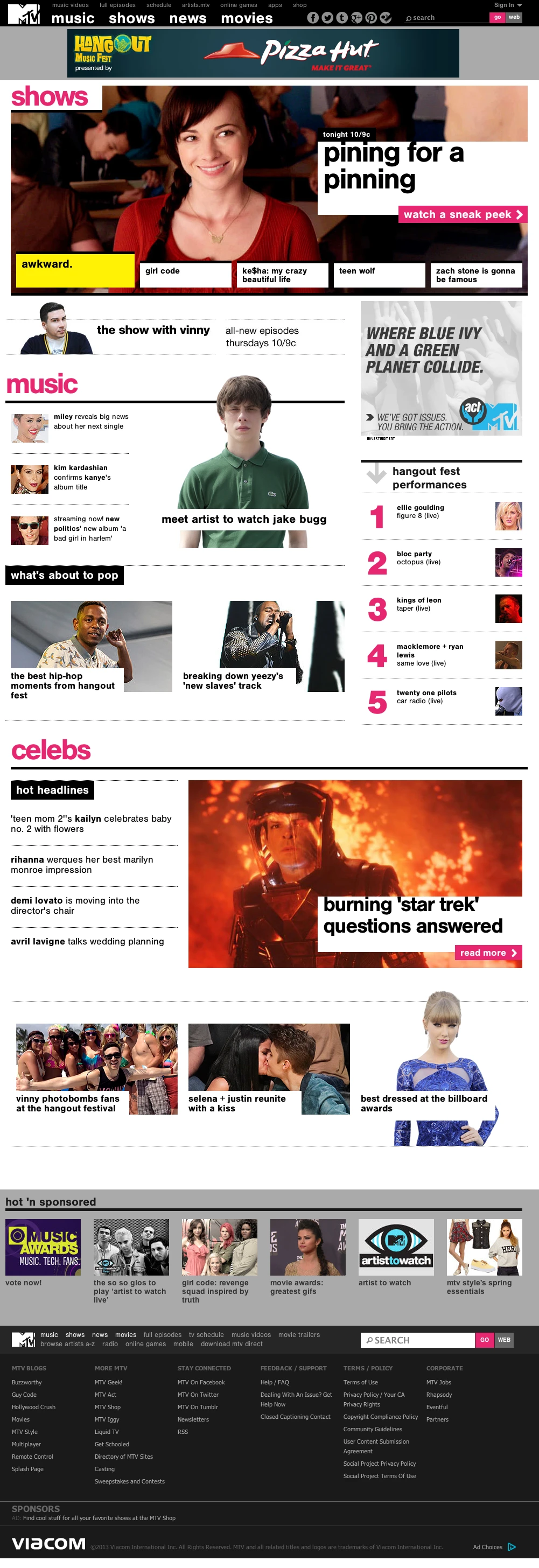
To reflect MTV’s new brand system online, we needed high-quality typography. Helvetica, the brand’s primary typeface, wasn’t consistently available on web platforms.
I spearheaded this effort by:
- Identifying typography as a core element of the rebrand’s digital translation
- Led licensing negotiations with Typekit (now Adobe Fonts), navigating a months-long legal process with Viacom’s internal teams.
- Leading adoption and rollout of Typekit across all Viacom digital properties
- Securing direct type foundry licenses when necessary to ensure proper brand alignment
This elevated MTV’s digital design and set a new visual standard across Viacom.
Impact
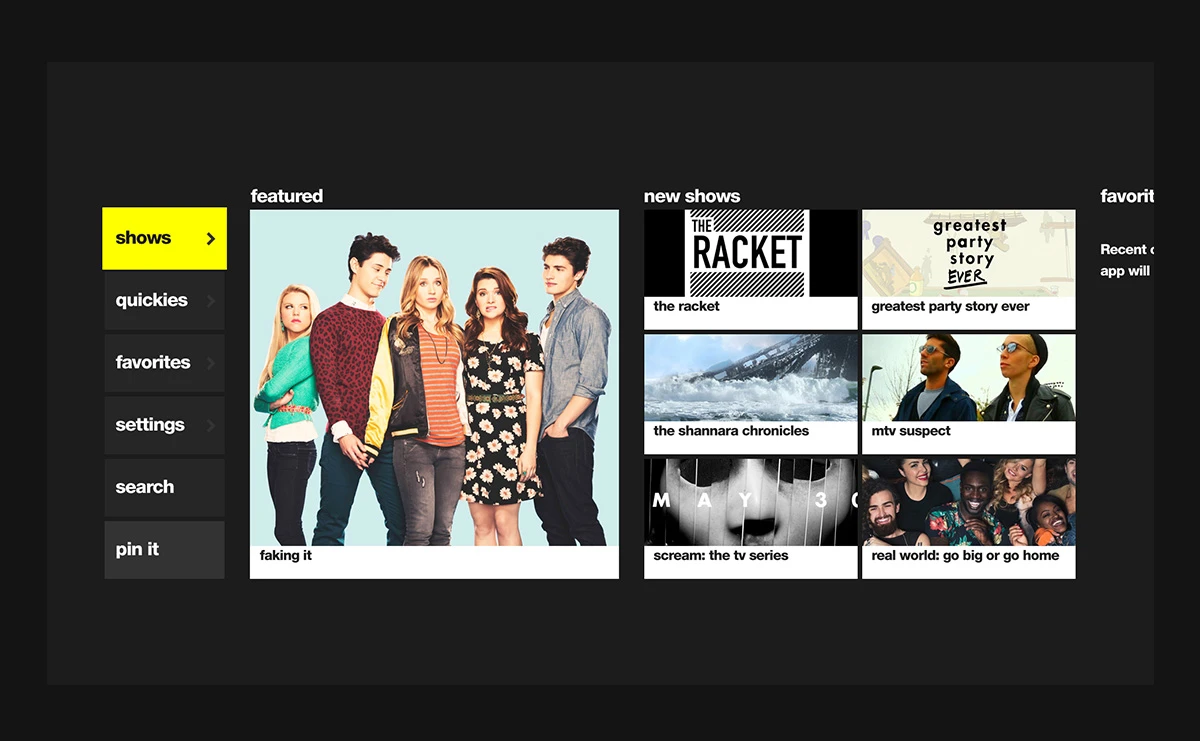
- MTV.com and apps were fully aligned with the rebrand, creating a unified, high-impact digital identity
- Users in research studies began recognizing MTV content through visual design alone—clear evidence that brand recognition had taken hold and the core challenge had been solved
- Cross-platform collaboration between digital and marketing became normalized and embedded in workflows
- Typekit became a standard design tool across Viacom, paving the way for more advanced, scalable design systems
- The digital visual design team was reorganized into the marketing group after my departure, reflecting the success of the integration
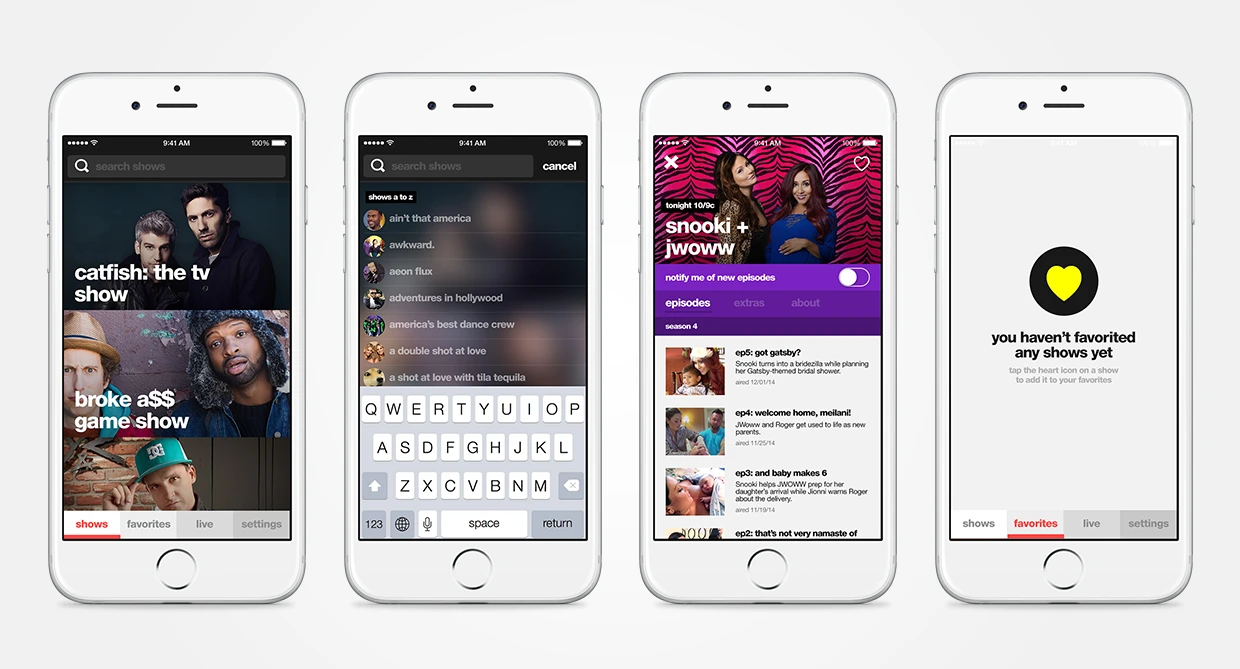
Reflection
This experience reshaped how I approach brand design within complex organizations. I learned that:
- Translating brand strategy into UX and UI systems requires early engagement and organizational trust
- Cultural alignment is essential for meaningful design transformation
- Design systems are the link between visual identity, interaction consistency, and long-term scalability
By embedding digital design into the branding process from the outset, I helped transform MTV’s fragmented experiences into a cohesive, recognizable ecosystem.
